How Ancient is Marketing?
By Dr. Padma Meenakshi
Independent Journalist, EX BBC News
While browsing through the Indian Election campaigns by various Political Parties with strategies designed by Consulting firms, wondered how Leaders have garnered crowds when technology was at its bare minimum.
This thought has led me to delve into the origins of Marketing.
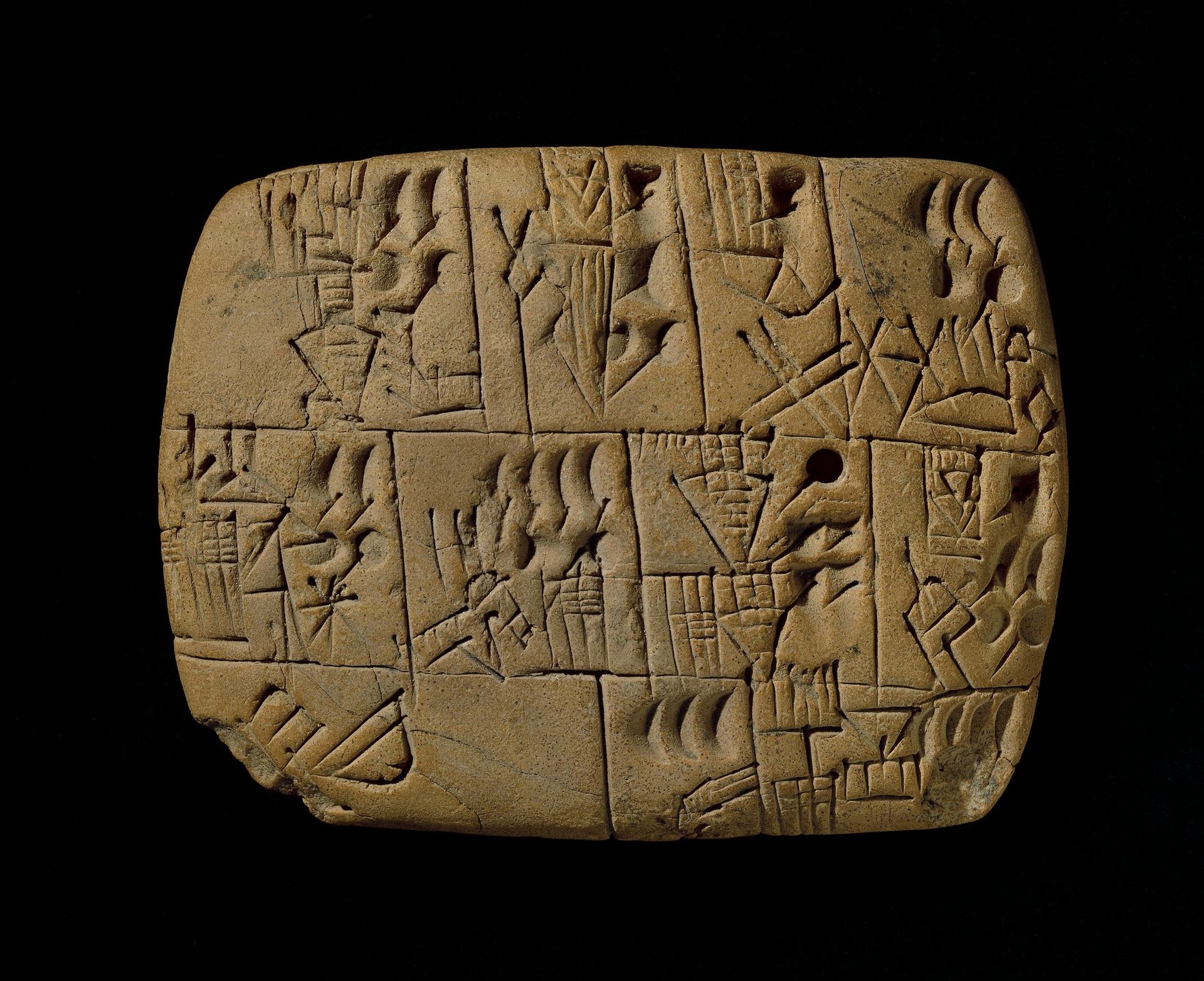
Few historians say that Marketing as a concept exists since 1500 BCE , the time when Mesapotemians started mass production. It is interesting to note that Records of one of the first advertising practices have been found on clay tablets in ancient Mesopotamia in cuneiform writings. (1750 BC).
A customer complaint letter from Nanni to Ea-nasir complaining that the wrong grade of copper ore has been delivered after a gulf voyage and about misdirection and delay of a further delivery was found.
This was found in the archaic city of Ur in ancient Mesopotamia i.e. Iraq.
Marketing & Strategies exist since times immemorial, however their format has been evolving according to the changes in Technology and Time. Historians like Eric H. Shaw argue, that marketing practices have existed for at least 40.000 years!
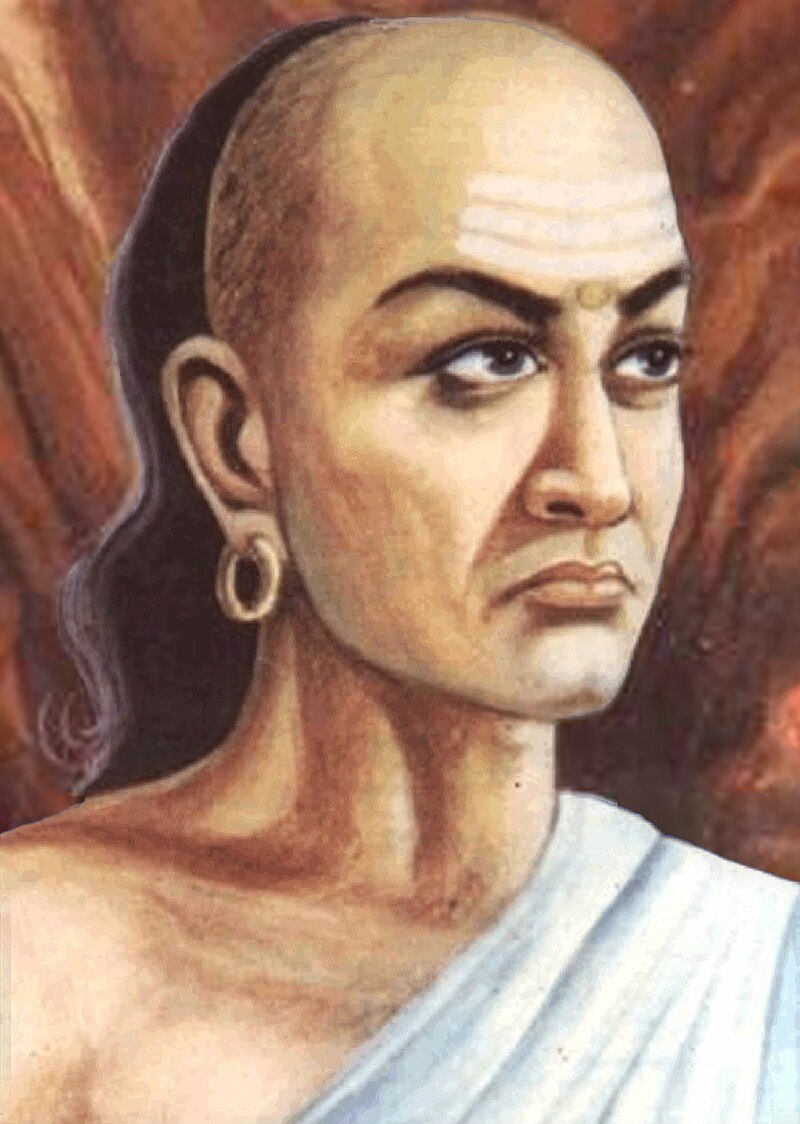
Indian Epics Ramayana & Mahabharata have stories filled with strategies. Chanakya is a great Political Strategist.
In 11th century, A Chinese family business selling needles used a bronze printing plate to produce standardized printed posters for promoting their business. The business was called "Jinan Liu´s Fine Needle Shop" and used this advertising method during the Song dynasty.
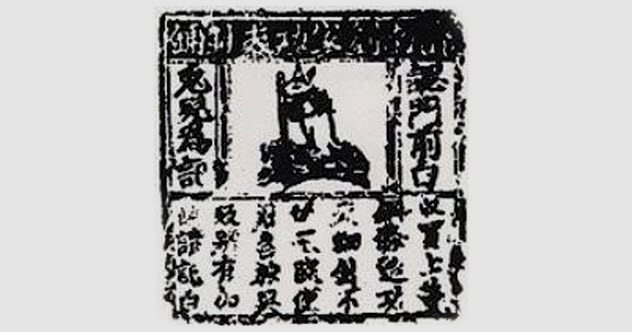
The advertisement included a company logo with a white rabbit as well as the following text: "We buy high quality steel rods and make fine quality needles, to be ready for use at home in not time."
The first-ever written ad was created in 3000 BC by a slaveholder to find the runaway slaves and promote their weapon shop. It was a Papyrus found in the ruins of Thebes, Egypt.
“The man-slave, Shem, having run away from his good master, Hapu the Weaver, all good citizens of Thebes are enjoyed to help return him. He is a Hittite, 5' 2" tall, of a ruddy complexion and brown eyes. For news of his whereabouts, half a gold coin is offered. And for his return to the shop of Hapu the Weaver, where the best cloth is woven to your desires, a whole gold coin is offered.”
Industrial Revolution and Innovation of Printing Press by Johannes Gutenberg has changed the way of communication and marketing.
Publishing of Posters & Magazines had also started.
The first large billboard advertisements dated back to the 1830´s.
The Ringling Brothers are a famous example by starting to use large billboard advertisements from 1835 onwards to promote their circus business in New York City.
During World War II, the US Army ran another highly successful recruitment campaign featuring the iconic “We Can Do It!” poster. This poster portrayed a strong woman worker and was used to attract women to work in military factories to help produce planes, tanks, and munitions.
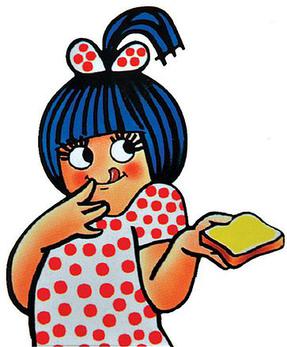
The Amul girl sketched by art director Eustace Fernandes for daCunha Communications led by Sylvester da Cunha in 1966, is one of the most memorable Indian advertising icons. The Amul girl is a cartoon character who appears in advertisements for Amul butter.
She is known for her witty one-liners and has remained a constant fixture in the Indian advertising landscape for over five decades.
Industrial Revolution in late 18th century has paved foundations for new marketing techniques with the mass production of goods and services.
Auto Manufacturer Ford was the first companies to benefit from the Industrial Revolution.
They created an assembly line that made the production of their Model T automobile much more efficient and streamlined. This allowed them to sell their cars for a lower price, making them more affordable to the average consumer.
Only a little was needed in terms of marketing or sales tactics during this era, as demand was high and competition was scarce.
With the invention of Radio in 1920’s advertising had gone to the next level.
On 28th August 1922 the first paid radio advertising aired on the WEAF radio station in New York. In the ad the radio host H.M. Blackwell conducted a 10 minute talk (direct advertisements were still prohibited) about apartments at the Hawthorne Court in Jackson Heights, Queens, New York. The cost of the 10 minute advertisement was 50 US Dollars
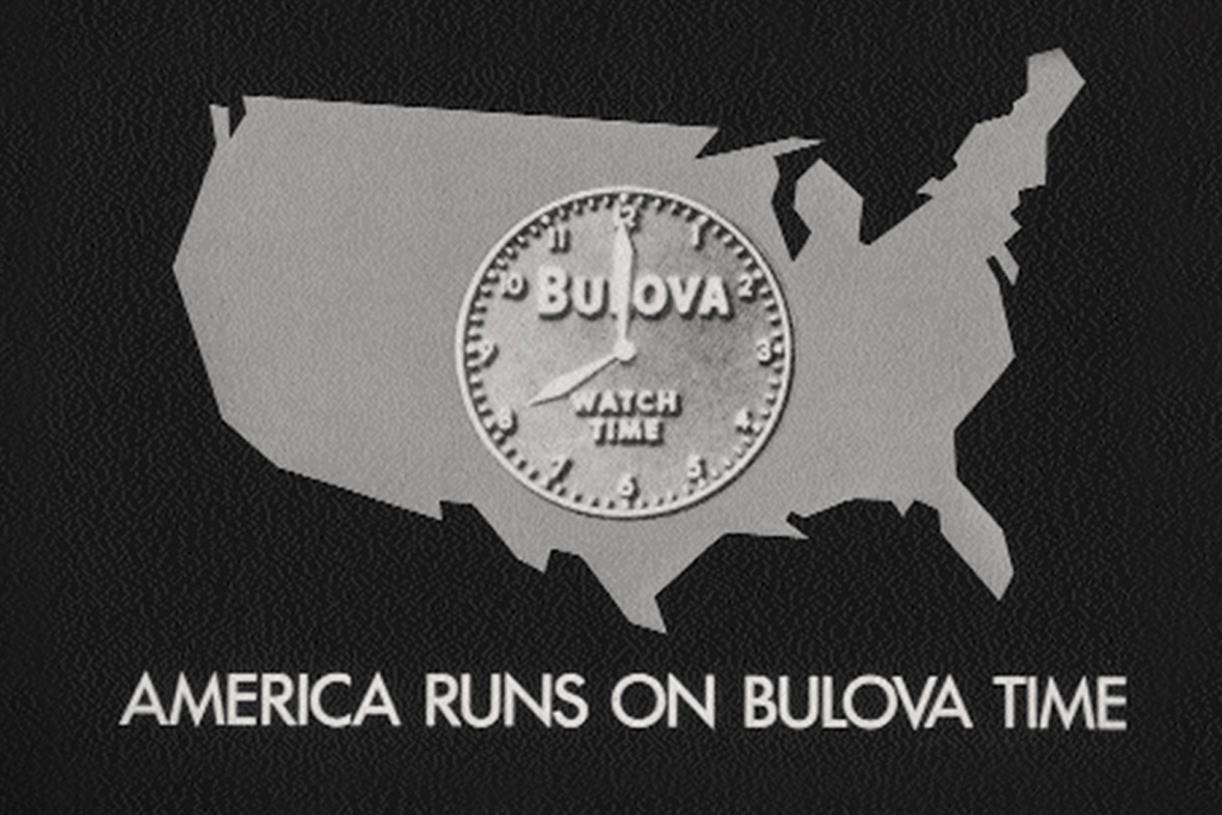
By 1941, World’s first tv ad by the watch company "Bulova" was aired.
The "Cannes lions International Festival of Creativity" is the most successful and renown festival of the advertising industry worldwide and was held in 1954 for the first time in Venice, Italy in 1954.
Proctor and Gamble noticed in 1929 that orders were cut and inventory was piling up.
Therefore, they started seeking new marketing avenues and chose radio broadcasts to communicate with their target audience. These ads became widely successful and were a critical reason that Proctor and Gamble survived the Great Depression when so many other companies did not.
Advertising in India
The earliest form of advertising in India can be traced back to January 29, 1780, when the first advertisement was published in India’s first newspaper called "The Bengal Gazette" (weekly).
In the early days, advertising in India was primarily done through print media.
The first billboard in India was set up in Mumbai in 1905 by The Times of India.
Though it might be debatable according to Gajavelly, billboards originated in ancient India, and a 'signboard' or 'billboard' estimated to be up to 8000 years old was discovered in the city of Dholavira.
The first advertising agency, J. Walter Thompson, was established in Mumbai in 1929 and was responsible for creating advertisements for some of the biggest brands of the time, including Ponds and Lever Brothers.
The agency started with print advertisements in newspapers and magazines, and its success prompted other agencies to follow suit.
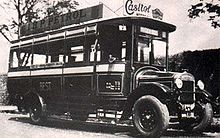 The first transit advertising in India was introduced in 1972 by Mumbai's BEST (Brihanmumbai Electric Supply and Transport) buses.
The first transit advertising in India was introduced in 1972 by Mumbai's BEST (Brihanmumbai Electric Supply and Transport) buses.
The later period of the 1930s and 1940s saw the emergence of cinema advertising, where ads were played before the start of a movie.
The emergence of radio stations and television in the advertising landscape marked a new era, with over 30% of the world's population using them by the 20th century's start. This led to more personalized advertising, with direct communication between brands and consumers.

The Liril girl, created in the 1970s, was another iconic Indian advertising character (Karen Lunel, the original Liril girl). The character was known for her refreshing shower scenes in the waterfall and her catchy jingle "La La La La Liril".
The Liril girl became an instant hit and helped establish Liril as a brand that represented youthfulness and freshness.
Liril ad became so popular that the Pambar Falls in Kodaikanal became known as the Liril falls.
Globalization and Economic Reforms in 1990’s have seen the trade growing exponentially which resulted in the transformation of scope of Marketing & Advertising.
Coco-cola since its launch in 1890’s has put its logo on clocks, calendars, wallets etc. It spends on an average $4 billion per year in advertising.
Coca-Cola’s advertising campaigns have been hugely successful, and the company is often credited with inventing modern marketing techniques such as product placement and celebrity endorsements.
Thanks to its innovative marketing strategies, Coca-Cola is one of the most iconic brands in the world.
Disney has been making magical stories for both children and adults since 1923.
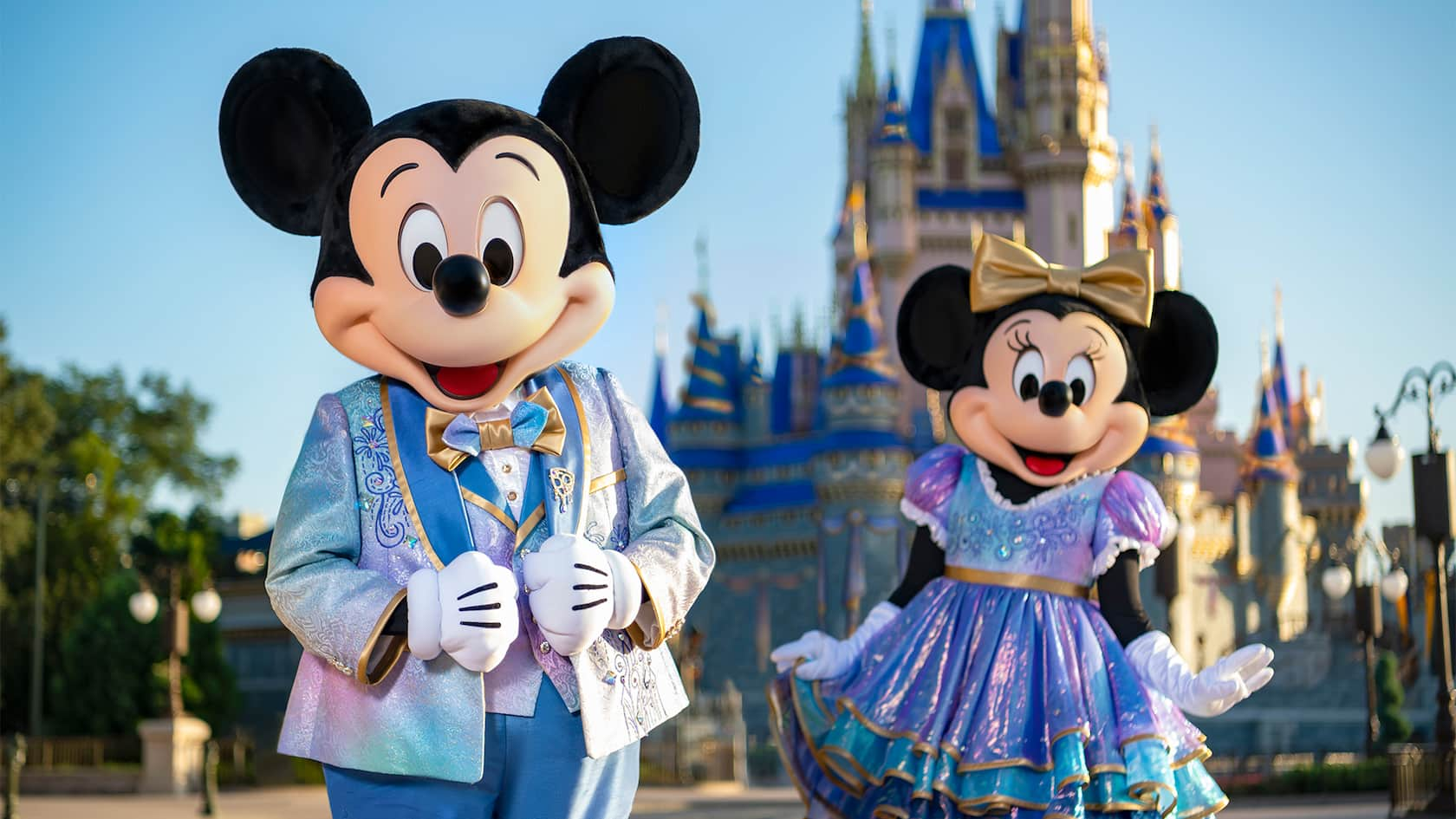
Disney’s commitment to storytelling has been a major part of its marketing strategy.
Combined with the company’s clever merchandising, branding, and advertising, this has helped turn their products and services into global juggernauts.
From Mickey Mouse hats to Disneyland T-shirts, few brands are more recognizable or beloved than Disney.
Era of Digital Marketing: Invention of Computers, Internet have revolutionized marketing and advertising industry. Many ad agencies who used to work as Designers to prepare ads for products had to transform their agencies to perform Digital marketing services to their clients.
They have changed our lives in so many ways. Businesses in remote corners also gained visibility. In the digital age, content became the king or queen.
Social Media platforms like Face Book, Instagram, X and Linkedin have transformed the marketing landscape. These platforms help businesses to create online presence, engage with their clients thus promoting their sales.
In the digital age, majority of the consumers are checking for online presence of a product as well as customer reviews.
This has led to a new wave of Influencers who endorse products of various consumer brands from restaurants to luxury escapades.
Just before commencement of Indian Elections 2024, Indian Prime Minister Modi has invited top influencers of the Country to have conversations. They in turn promoted their meeting on their respective handles with Millions of Followers.

Artificial Intelligence , Augmented Reality have become a game-changer in the world of advertising and marketing. AI-powered tools can analyze customer data, identify patterns, and create targeted campaigns that are more likely to resonate with customers, whereas providing an interactive experience for customers.
The advertising industry in India has come a long way since its early days. From print media to digital media, the industry has evolved significantly over time and has played a critical role in all the important events in modern India.
As technology continues to evolve and with the current wave of artificial intelligence, privacy concerns, ethical issues, social and political unrest across the globe and fast paced competition, it will be challenge for Marketers and Advertisers to woo the Consumer.
References:
https://coschedule.com/marketing/history-of-marketing
https://marketing.museum/marketing-history/
https://www.sagepub.com/sites/default/files/upm-binaries/37775_02_Eliss_et_al_Ch_01.pdf
https://www.linkedin.com/pulse/from-recall-relevance-brief-history-advertising-india-kushwaha/
History of Marketing in India – Rohit Varman, Hari Sreekumar